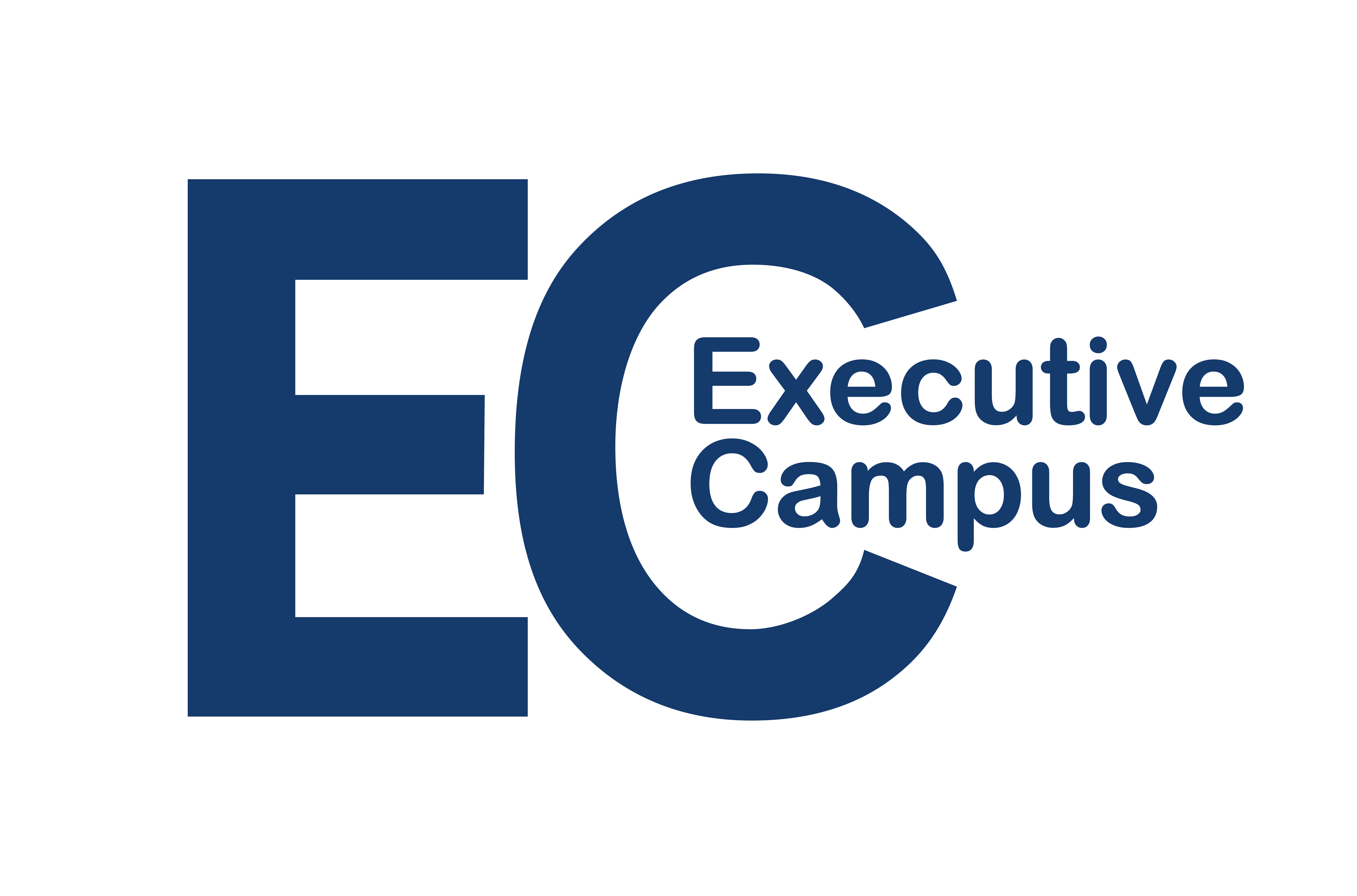Retour au Cours
AMP Collective Leadership
0% Terminé
0/0 Steps
-
Module 1: Strengthening my personal and team responsibility
Module's presentation -
Techniques for improving deadline adherence
-
Strategies for managing stakeholder expectations
-
Fostering team accountability
-
Module 2 : Building collaborative relationships across the organization and beyondModule's presentation
-
Identifying collaborative opportunities
-
Setting up collaborative projects
-
Balancing individual and team interests
-
Module 3: Delegating effectively for greater team and personal successModule's presentation
-
The art and science of delegation
-
Building confidence and accountability in delegation
-
Balancing task attractiveness and risk management
-
Module 4 : Driving results through clear objectives and actionable plansModule's presentation
-
Setting Clear and Challenging Goals
-
Designing Actionable Plans
-
Mobilizing and Motivating Teams
-
Module 5: Mastering planning and organization for strategic impactModule's presentation
-
Separating high-impact from low- impact tasks
-
Techniques for structured planning and scheduling
-
Applying planning to complex scenarios
-
Module 6: Conflict resolution for productive and harmonious teamsModule's presentation
-
Understanding conflict and its impact
-
Tools and Techniques for Conflict Resolution
-
Building Consensus and Preventing Future Conflicts
-
Module 7 : Making decisive choices for lasting impactModule's presentation
-
The foundations of decisive decision-making
-
Techniques for assessing and taking calculated risks
-
Decision-making in high-stakes scenarios
-
Module 8 : Developing my team for long-term successModule's presentation
-
Aligning team development with organizational goals
-
Structuring development plans and opportunities
-
Preparing teams for future trends
-
Module 9: Leading teams to achieve outstanding resultsModule's presentation
-
Setting clear roles, expectations, and accountability
-
Encouraging team problem-solving and cross-departmental thinking
-
Managing team tensions and internal dynamics
-
Module 10: Managing stress and maintaining focus in challenging situationsModule's presentation
-
Building Resilience to Navigate Pressure
-
Prioritizing critical tasks and maintaining focus
-
Handling criticism and setting boundaries
Leçon 34 sur 40
En cours
Setting clear roles, expectations, and accountability
- Define and communicate team roles, responsibilities, and expectations with precision.
- Establish accountability mechanisms that align individual contributions with team objectives.
1.1. Defining roles and expectations
